Photo Gallery for Orgyia definita - Definite Tussock Moth | 94 photos are available. Only the most recent 30 are shown.
|
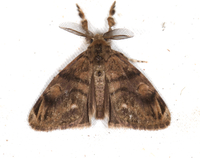 | Recorded by: Jim Petranka on 2023-11-06
Madison Co.
Comment: | 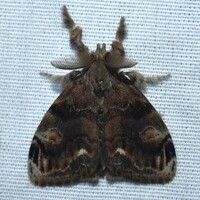 | Recorded by: David George, Stephen Dunn, Jeff Niznik, Larry Chen on 2023-10-28
Orange Co.
Comment: |
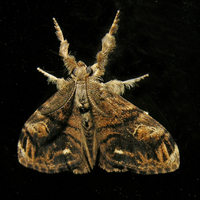 | Recorded by: Owen McConnell on 2023-10-27
Graham Co.
Comment: | 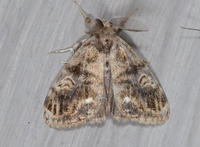 | Recorded by: Jim Petranka on 2023-10-27
Madison Co.
Comment: |
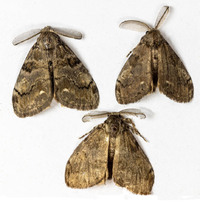 | Recorded by: Stephen Hall on 2023-10-19
Orange Co.
Comment: | 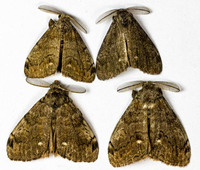 | Recorded by: Stephen Hall on 2023-10-19
Orange Co.
Comment: |
 | Recorded by: Owen McConnell on 2023-09-30
Graham Co.
Comment: |  | Recorded by: Jim Petranka on 2023-09-26
Madison Co.
Comment: |
 | Recorded by: Jim Petranka and Becky Elkin on 2023-09-25
Madison Co.
Comment: |  | Recorded by: Jim Petranka on 2023-09-23
Madison Co.
Comment: |
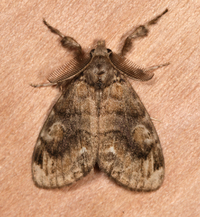 | Recorded by: Jim Petranka, Becky Elkin, Ivanna Knox, Marietta Shattelroe and Avery Young on 2023-09-21
Buncombe Co.
Comment: | 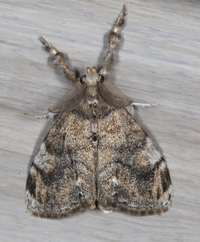 | Recorded by: Jim Petranka on 2023-09-19
Madison Co.
Comment: |
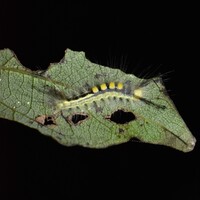 | Recorded by: David George, Jeff Niznik on 2023-09-04
Orange Co.
Comment: | 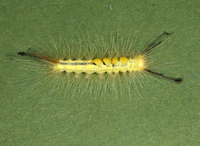 | Recorded by: Jim Petranka and Becky Elkin on 2023-08-28
Buncombe Co.
Comment: A larva that was feeding on Witch-hazel. It spun a cocoon around 2023-09-06 (see companion image of the cocoon). |
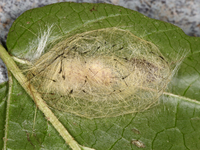 | Recorded by: Jim Petranka and Becky Elkin on 2023-08-28
Buncombe Co.
Comment: A cocoon on Witch-hazel; note the embedded body hairs. | 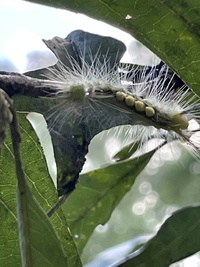 | Recorded by: Morgan Freese on 2023-08-28
Buncombe Co.
Comment: |
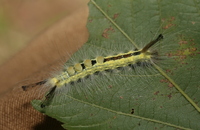 | Recorded by: David George on 2023-08-25
Orange Co.
Comment: | 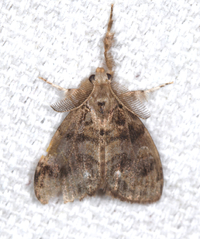 | Recorded by: Jim Petranka on 2023-07-10
Madison Co.
Comment: |
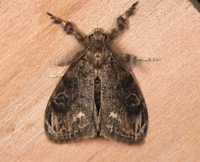 | Recorded by: Jim Petranka and Becky Elkin on 2023-06-24
Buncombe Co.
Comment: | 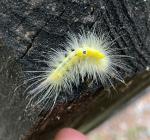 | Recorded by: K. Bischof on 2023-05-23
Transylvania Co.
Comment: |
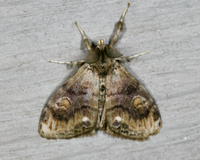 | Recorded by: Jim Petranka on 2022-11-05
Madison Co.
Comment: |  | Recorded by: Jim Petranka on 2022-10-24
Madison Co.
Comment: |
 | Recorded by: Jim Petranka on 2022-10-15
Madison Co.
Comment: | 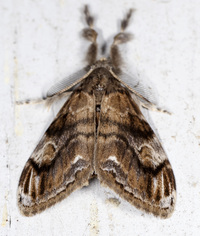 | Recorded by: John Petranka on 2022-10-12
Burke Co.
Comment: |
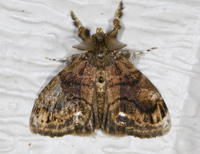 | Recorded by: Jim Petranka on 2022-10-12
Madison Co.
Comment: | 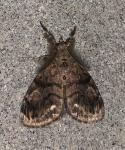 | Recorded by: K. Bischof on 2022-09-26
Transylvania Co.
Comment: |
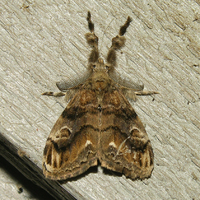 | Recorded by: Owen McConnell on 2022-09-21
Graham Co.
Comment: | 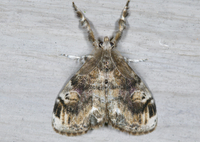 | Recorded by: Jim Petranka on 2022-09-21
Madison Co.
Comment: |
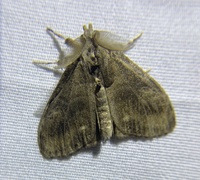 | Recorded by: David George, L. M. Carlson, Stephen Dunn on 2022-09-17
Orange Co.
Comment: | 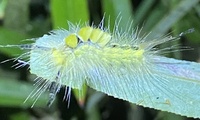 | Recorded by: David George, Stephen Dunn on 2022-09-09
Orange Co.
Comment: on Salix caroliniana |
|